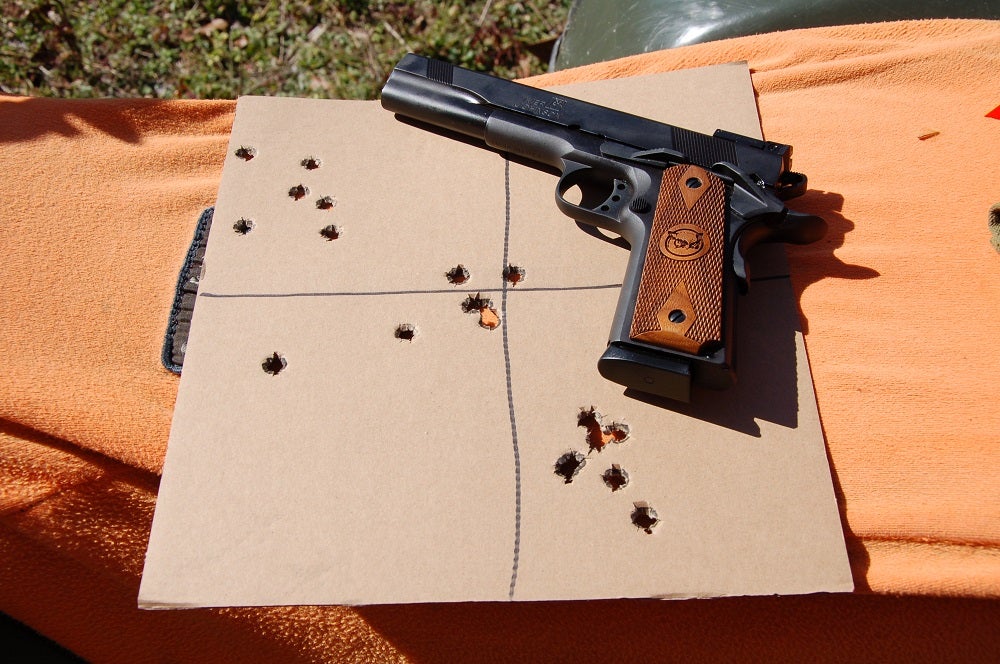Double Tap but Make Sure
Dr. John Woods 03.20.17

Certain types of SHTF survival scenarios may demand the self-defense proactive approach to draw and use your concealed weapon. Nobody is openly advocating the shooting of another person, but when it comes to home invasions, public assaults, work space attacks, terrorist incidents, active shooter events, and such, we may be forced to produce our weapons and actually use that deadly force to survive or protect others.
If you are ever compelled to draw and fire upon another human being that is actively threatening your personal safety, then let your training and practice take over and do the necessary work. If that is the case and you have no other escape options, then defend yourself. If you do, then make sure your shots count. One shot and down may not get the job done.
There is a scene from the movie The Purge-Anarchy in which the “good guy” assists two ladies that were about to be kidnapped for the personal purging pleasure of some “bad guy” holding court in the rear of a tractor-trailer with an M-60 type machine gun mounted on a tripod. The defender takes out the kidnapper crew, then turns his HK handgun on the guy up in the trailer.
One shot and the guy is down. But, the guy is not down as you discover later in the movie. The fault of the good guy is that he did not verify if his one shot ended the scenario. This mistake nearly cost him his own life at the end of the movie. But then, this is just a movie, right?
I realize these are Hollywood movies, but how many times have you seen it shown that the bad guy gets up one more time to attack again? It seems to happen time and time again in the movies, but it can also happen in real life. News reports are out all the time about a crackhead robber or cocaine doped assailant that continues an attack after being shot once by a homeowner or store keeper. Sometimes one shot is just not enough.
The term “double tap” is popular among shootists, but it is an actual shooting technique that I first read about from handgun master Jeff Cooper. The concept is simple: take two immediate shots at an attacker instead of just one. But still, it is the responsibility of the defender to make sure his attacker is down for good. Don’t forget to follow up to make sure.